Remote Patient Monitoring in Manhattan

Reducing Hospital Readmission Rates in Manhattan
Amelia Home Care addresses avoidable readmissions by blending live 24/7 Professional Remote Care Coordination (RCC) with the latest intuitive remote patient monitoring.
Our team provides timely interventions, bridges external care services, and addresses patient psychosocial needs. RCCs collect and share patient data with the healthcare team, a key pillar in preventing avoidable readmissions.
With thousands of patients, Amelia Home Care is seeing a reduction in readmission rates of 91 to 95 percent.
Remote Care Coordination in Manhattan
Our Remote Care Coordinators (RCCs) provide face-to-face, video chat interactions with your patients to monitor and assist in adherence and reducing readmissions while improving clinical patient outcomes.
With the ability to visually record patient vitals, assess patient needs for medication refills, food, transportation to medical appointments, and social interactions, our coordinators develop personalized patient care with established protocols.
Available 24/7, RCCs cover the extended hours and weekends when staffing from Home Health is typically limited. Amelia Home Care patients thrive with more attention and interaction, and their satisfaction scores prove it!
Care Pathways for Manhattan Clients
Amelia Home Care has over 95 Care Pathways currently available to our clients including combination pathways for patients with multiple co-morbidities.
These pathways include branch logic and RCC protocol for follow-up questions. Our RCCs are trained to identify and report issues with post-acute and post-surgical patients, including the identification of SIRS criteria, which may lead to sepsis.
In addition to pathways questions, vital signs, and video conferencing, we have educational videos, teach-back questions, reminders, and the ability to assist patients in obtaining appointments, video-conferencing with family members, and other members of the care team.


Psychosocial Needs and Socialization for Manhattan Residents
Often, many of our patients are seniors between 70 to 95 years old, and many are lonely and isolated. The RCC’s responsibility is to engage in casual conversations, beyond the illness and discuss life, and joyful matters.
For patients who require more attention, often receive multiple video calls per day and are assigned to volunteers to check in with the patients.
The results are astonishing, leading to reduction of readmissions, happier patient satisfaction, and increased RPM utilization rate.
Amelia Home Care Health Platform
Based on the patient’s capability and comfort level utilizing their preferred communication device, Amelia Home Care provides a variety of platforms to ensure as many patients are enrolled in the program as possible.
For patients accustomed to utilizing their own personal smartphone or tablet (Apple or Android), an easy-to-download application is provided.
A telehealth kit, which consists of a tablet with built-in internet and wireless medical devices and is intuitive to operate, can be delivered to the patient’s home.
If both are not viable options, their assigned RCC can render phone calls to retrieve ongoing data collection so no patient is left out of the program.
Authorized physicians, nurses, nursing staff, and Home Health agencies will have access to patient data and telehealth communication with the patient based on their security access privileges.
Oftentimes, physicians and nurses find it more convenient to work with the assigned RCC.
Based on schedule or ad hoc calls, the RCC can engage the physician on a group video conference with the patient by sending a link to the physician’s email or phone.
Upon clicking the link, the physician will be able to join the secured video conference call with the patient.
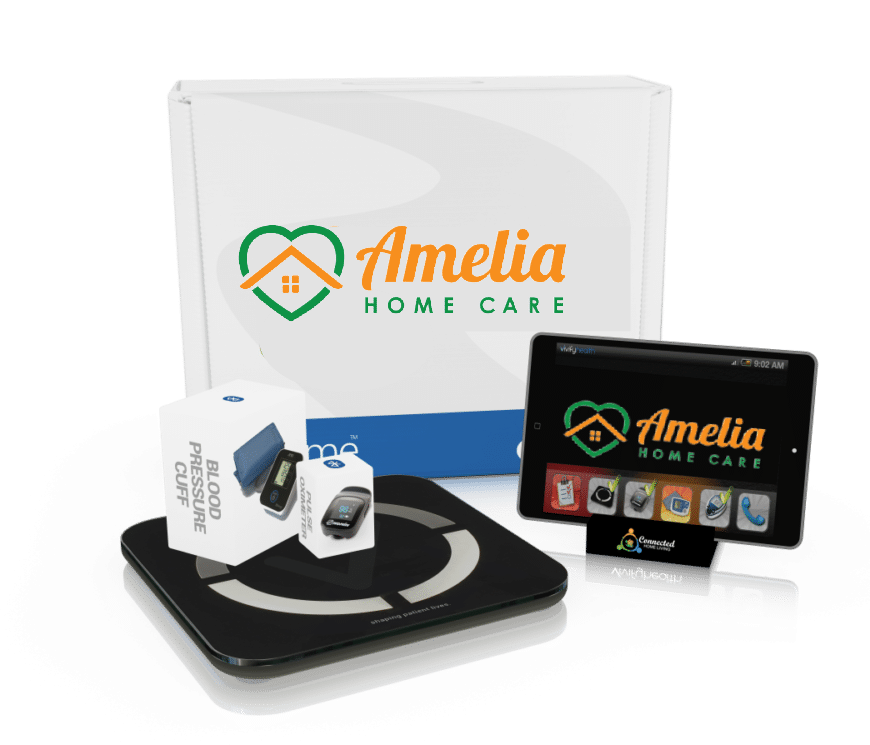

How We Help Hospitals and Health Systems in Manhattan
TURN-KEY communication center for efficient coordination of care – no implementation or set up fee.
FACILITATE safe return to home – enabling shorter hospital length of stay.
REDUCE unnecessary hospital readmissions.
ENABLE the efficient and streamlined monitoring of post-acute care.
MANAGE the volume of incoming data based upon clinically defined thresholds.
COLLECT clinically meaningful data to enhance and adjust care.
SUPPORT client/patient autonomy through education and communication.
ENHANCE resource management to ensure clinical visits are necessary, with documented justification.
DRIVE value-based care by increasing and enhancing ongoing interactions between patients and clinicians.
DEFINE the standard of care in the marketplace.
How We Help Physician Groups in Manhattan
TURN-KEY remote monitoring communication center for efficient coordination of care.
FACILITATES ease of access to patient data.
MANAGES the volume of incoming data based upon clinically defined thresholds.
COLLECT clinically meaningful data to enhance and adjust care.
SUPPORT the delivery of higher quality care to more patients.
REDUCE unnecessary hospital readmissions.
ENABLE the efficient and streamlined monitoring of post-acute care.
SUPPORT client/patient autonomy through education and communication.
ENHANCE resource management to ensure clinical visits are necessary, with documented justification.
POSITION practice for the value-based care market by increasing ongoing interactions between patients and clinicians.
DEFINE the standard of care in the marketplace.
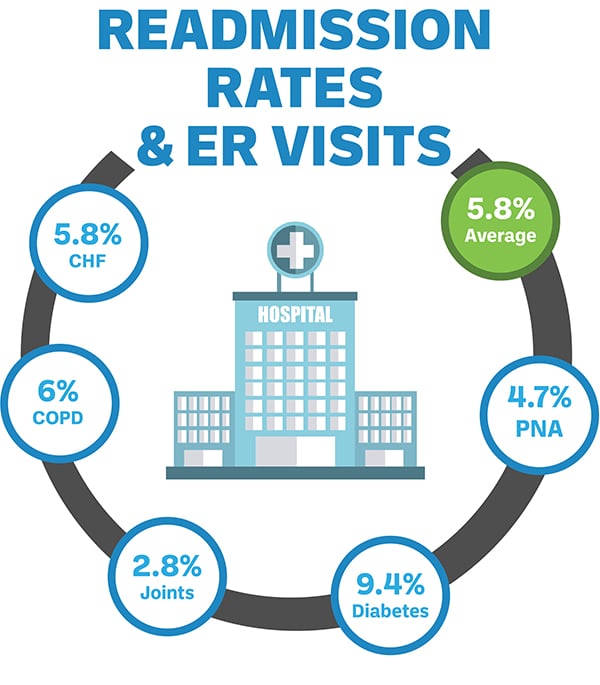
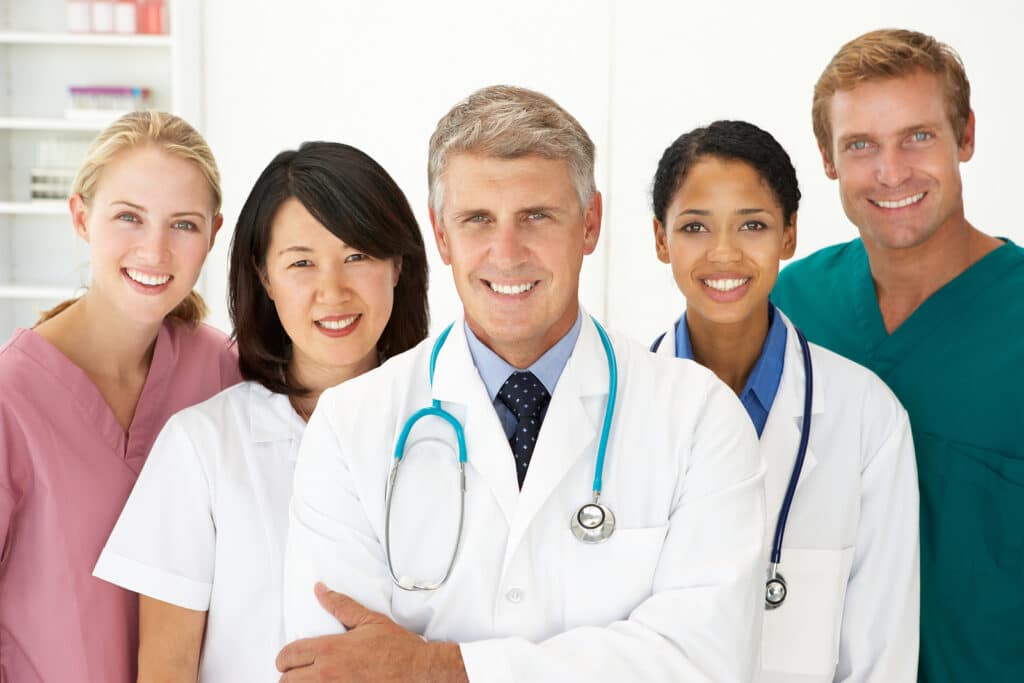
How We Help Accountable Care Organizations Who Serve Manhattan
- CHRONIC CARE management supporting a reduction in Medicare costs.
- IMPROVED communication channels between multiple providers and specialists.
- ENABLE enhanced care coordination throughout the medical care continuum.
- REDUCE unnecessary and redundant healthcare service.
- FACILITATE your ability to meet CMS standards for cost savings.
- COLLECT clinically meaningful data to enhance and adjust care.
- SUPPORT client/patient autonomy through education and communication.
- ENHANCE resource management to ensure clinical visits are necessary, with documented justification.
- DRIVE value-based care by increasing and enhancing ongoing interactions between patients and clinicians.
- ENGAGE patients in their care and drive patient centricity.
Programs and Plans

Amelia's Tele-Home Care Family Pack for Manhattan Residents
How Does Virtual Caregiving Work?
- Sign-up loved ones based on their needs and technological ability using a smartphone, tablet, computer or landline
- Amelia Home Care develops a care plan and trains your loved ones to use our telehealth solution
- Daily Health Surveys monitor your health
- Live Remote Care Coordinators (RCCs) evaluate your needs and provide support
- RCCs escalate issues to a Family Member or Nurse, based on pre-defined protocols
- Nurse or Physicians may assess and treat patient using video triage*
- RCC can coordinate medication, food, and supplies
Are you ready for an Amelia Home Care Certified Technologist to install and train your family to be connected and safe. With Amelia’s Tele-Home Care Family Pack, Seniors can live independently longer, safe from falls and other common concerns.
There’s an emergency button to request help at anytime, and also activity sensors that will detect hazards and call for help when it’s need.
Seniors can live independent longer, safe from falls and other common concerns, with Amelia’s Tele-Home Care Family Pack.
There’s an emergency button to request help at anytime, and also activity sensors that will detect hazards and call for help when it’s need.
Best of all, caregivers can check in anytime – without disturbing the senior or invading their privacy.
How Does Amelia’s Tele-Home Care Family PackWork?
Amelia Home Care is a Certified Technologist that Installs and Trains for You!
Install The Family Pack.
A personal assist button, front and back door entry sensors, and motion sensors for the Kitchen, Hallway, and Living Room are easy to install. It includes everything you need to address concerns of falls, wellness, and loneliness in a new collaborative way. Installation is fast and simple.
The activities of daily living are learned.
The normal lifestyle patterns of the senior are privately learned, without a wearable, and insights can be accessed by members of your Trusted Circle of friends and family.
Smart Home Center
This makes your home intelligent. Simply plug it in to power and plug in a wired internet connection. The free app will walk you through the whole process.
Personal Assist Button
Push it at any time to alert the people in your Trusted Circle and let them know that assistance is needed. Or change its behavior to record access to medication.
Front Door and Back Door Entry Sensors
They attach to a home’s high-traffic doors in just minutes so you can know when someone comes and goes. Install extras on medicine cabinets, refrigerators, and microwaves.
Kitchen, Hallway, and Living Room Motion Sensors
They alert for potential falls, sleep problems, and more. We recommend one motion sensor every 500 square feet of living space, so the base pack covers about 1,500 square feet.
Professional Monitoring. 24/7.
When lifestyle patterns change unexpectedly, automatically alert your Trusted Circle and the Emergency Call Center to get help fast.
The Amelia Home Care Trusted Circle
This intelligent system uses easy to install wireless sensors around the home (no cameras) to learn daily activity patterns and alerts family, professional caregivers, and emergency services (if necessary) of falls and potential hazards even if the emergency button is out of reach.
The Trusted Circle is an exclusive group of contacts who care for the wellbeing of a friend or loved one using Amelia Home Care Family in their home.
Trusted Circle contacts receive Group SMS Notifications and In-App Push Notifications to actively participate and immediately respond to falls and other potential hazards or simply stay in the know. Contacts can also use the Amelia Home Care Family app to get real-time wellness status updates, daily reports, and more.
Join the Trusted Circle
- You will receive a text message invitation from Amelia Home Care.
- Click on the provided link, download the Amelia Home Care app, and follow the instructions to setup your Amelia Home Care account.
- Add the Amelia Care Family Emergency Call Center phone number to your contact list for safekeeping. Unknown numbers are often considered SPAM so it’s best to be ready to help when called upon


How it Works
This intelligent system uses easy to install wireless sensors around the home (no cameras) to learn daily activity patterns and alerts family, professional caregivers, and emergency services (if necessary) of falls and potential hazards even if the emergency button is out of reach.

Know that everything is okay. Get real-time wellness status updates, daily reports, and more.

Monitors the home 24/7 including fall detection, failure to return, sleep monitoring, and more.
When problems arise, Amelia Home Care Family communicates outward in a tiered escalation methodology as urgency increases. This approach gives family and professional caregivers an opportunity to get involved and deescalate issues before dispatching Emergency Services.

Get alerted and know what’s happening.
Get involved right away to help resolve the issue.
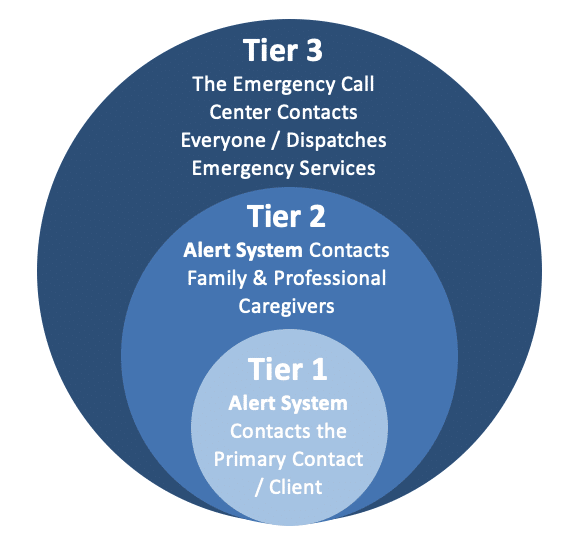
Group SMS Notifications, In-App Push Notifications,
24/7 Call Center, & Emergency Services
Features for Every Lifestyle
Captures and describes lifestyle patterns into the app
- Check-in remotely, review the Daily Report, and know where people were last seen.
- Detects when people are home, away, or sleeping.
- Record access to medication with a variety of medication activity sensors.
Measures sleep quality with an activity sensor in the bedroom. - Track trips to the bathroom, showers, and bathroom falls with a bathroom motion sensor.
- Identifies meal activities with access to the microwave, coffee, and fridge.
Alerts when problems are detected
- Fall detection without a button: alerts on unexpected inactivity in the home.
- Medical alert button to call for emergency help or simply request assistance.
- Alert if occupants do not get up in the morning.
- Notify if occupants did not make it to the bedroom at night.
- Detect if the stove is left on, unattended.
- Delivers reminders if people forgot to take medication.
- Mold and mildew detection with added humidity sensors.
- Integrates fall and SOS alerts from Apple Watch and Samsung Galaxy Watch.
- Uses text messages for alerts, so family participants don’t have to download an app.
Proven to help fight senior depression, loneliness, and isolation
- Coordinates and assigns a new family member to reach out each day, with suggestions on what to talk about from the last person.
- Smart Speaker support to control the home, play music, and connect family.
Adds needed support for Dementia and Alzheimer’s
- Alerts when perimeter doors open to detect wandering.
- Predicts when occupants should arrive back home, and alerts if they’re not.
- Pings your phone if someone is caught roaming around the house at night.
- Water leak detection for the bathroom and toilet.
Expandable
- Apple Watch and Samsung Galaxy Watch keep track of falls.
- Amazon Alexa and Google Home integrate to control with your voice.
- Smart Locks secure the home and provide access to the Trusted Circle.
- Smart Bulbs and Plugs to control lighting and appliances with your voice.
- Connected Thermostats integrate to control comfort and save energy.
- Security system enabled with a siren and keypad helps seniors feel in control.
About Manhattan
Manhattan is the most densely populated of New York City’s 5 boroughs. It’s mostly made up of Manhattan Island, bounded by the Hudson, East and Harlem rivers. Among the world’s major commercial, financial and cultural centers, it’s the heart of “the Big Apple.” Its iconic sites include skyscrapers such as the Empire State Building, neon-lit Times Square and the theaters of Broadway.
Manhattan (/mænˈhætən, mən-/) is the most densely populated and geographically smallest of the five boroughs of New York City. It is the urban core of the New York metropolitan area, and coextensive with New York County, one of the original counties of the U.S. state of New York. Manhattan serves as the city’s economic and administrative center, cultural identifier,[6] and historical birthplace.[7] The borough consists mostly of Manhattan Island, bounded by the Hudson, East, and Harlem rivers; as well as several small adjacent islands. Manhattan additionally contains Marble Hill, a small neighborhood now on the U.S. mainland, separated from the rest of Manhattan by the Harlem Ship Canal and later connected using landfill to The Bronx. Manhattan Island is divided into three informally bounded components, each cutting across the borough’s long axis: Lower, Midtown, and Upper Manhattan.
Manhattan’s many neighborhoods are not named according to any particular convention. Some are geographical (the Upper East Side), or ethnically descriptive (Little Italy). Others are acronyms, such as TriBeCa (for “TRIangle BElow CAnal Street”) or SoHo (“SOuth of HOuston”), or the far more recent vintages NoLIta (“NOrth of Little ITAly”).[143][144] and NoMad (“NOrth of MADison Square Park”).[145][146][147] Harlem is a name from the Dutch colonial era after Haarlem, a city in the Netherlands.[148] Alphabet City comprises Avenues A, B, C, and D, to which its name refers. Some have simple folkloric names, such as Hell’s Kitchen, alongside their more official but lesser used title (in this case, Clinton).
Some neighborhoods, such as SoHo, which is mixed use, are known for upscale shopping as well as residential use. Others, such as Greenwich Village, the Lower East Side, Alphabet City and the East Village, have long been associated with the Bohemian subculture.[149] Chelsea is one of several Manhattan neighborhoods with large gay populations and has become a center of both the international art industry and New York’s nightlife.[150] Washington Heights is a primary destination for immigrants from the Dominican Republic. Chinatown has the highest concentration of people of Chinese descent outside of Asia.[151][152] Koreatown is roughly bounded by 6th and Madison Avenues,[153][154][155] between 31st and 33rd Streets, where Hangul (한글) signage is ubiquitous. Rose Hill features a growing number of Indian restaurants and spice shops along a stretch of Lexington Avenue between 25th and 30th Streets which has become known as Curry Hill.[156] Since 2010, a Little Australia has emerged and is growing in Nolita, Lower Manhattan.[157]
In Manhattan, uptown means north (more precisely north-northeast, which is the direction the island and its street grid system are oriented) and downtown means south (south-southwest).[158] This usage differs from that of most American cities, where downtown refers to the central business district. Manhattan has two central business districts, the Financial District at the southern tip of the island, and Midtown Manhattan. The term uptown also refers to the northern part of Manhattan above 72nd Street and downtown to the southern portion below 14th Street,[159] with Midtown covering the area in between, though definitions can be rather fluid depending on the situation.
Fifth Avenue roughly bisects Manhattan Island and acts as the demarcation line for east/west designations (e.g., East 27th Street, West 42nd Street); street addresses start at Fifth Avenue and increase heading away from Fifth Avenue, at a rate of 100 per block on most streets.[159] South of Waverly Place, Fifth Avenue terminates and Broadway becomes the east/west demarcation line. Although the grid does start with 1st Street, just north of Houston Street (the southernmost street divided in west and east portions; pronounced HOW-stin), the grid does not fully take hold until north of 14th Street, where nearly all east-west streets are numerically identified, which increase from south to north to 220th Street, the highest numbered street on the island. Streets in Midtown are usually one-way, with the few exceptions generally being the busiest cross-town thoroughfares (14th, 23rd, 34th, and 42nd Streets, for example), which are bidirectional across the width of Manhattan Island. The rule of thumb is that odd-numbered streets run west, while even-numbered streets run east.[121]
There are many hospitals in Manhattan, including two of the 25 largest in the United States (as of 2017):[414]

Traversing the East River since 1909, this toll-less bridge that unites Manhattan and Brooklyn is known for its ornate entrance arch and colonnade. It is easily walkable—as well as bikeable—and its paths take thousands of commuters and tourists alike each day from Chinatown to DUMBO, and back.
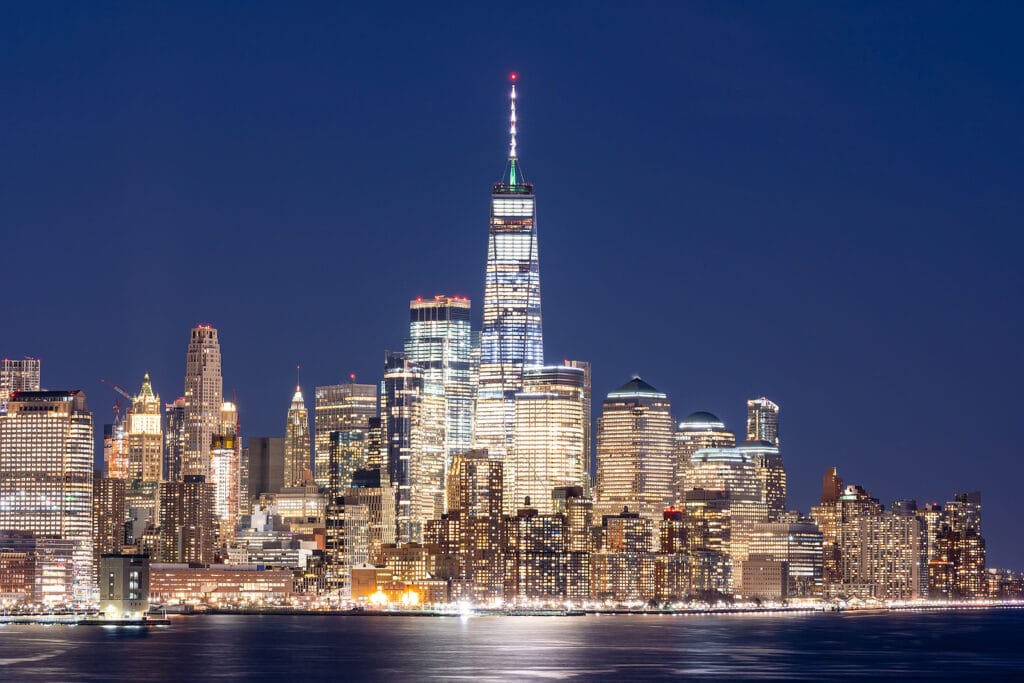
Map of Manhattan
Map of Directions from Manhattan to Amelia Home Care
Driving Direction from Manhattan to Amelia Home Care
Manhattan, New York, NY
Get on FDR Dr from 79th St Transverse and E 79th St
12 min (2.2 mi)
Continue on FDR Dr. Take I-478/Hugh L. Carey Tunnel, I-278 W and Belt Pkwy/Leif Ericson Dr to Shore Pkwy in Brooklyn. Take exit 7 from Belt Pkwy/Leif Ericson Dr/Shore Pkwy
26 min (19.0 mi)
Continue on Shore Pkwy. Take Ocean Pkwy to Ocean Parkway Service Rd
7 min (1.1 mi)
Amelia Homecare, Inc
3007 Ocean Pkwy 1ST FLOOR, Brooklyn, NY 11235
